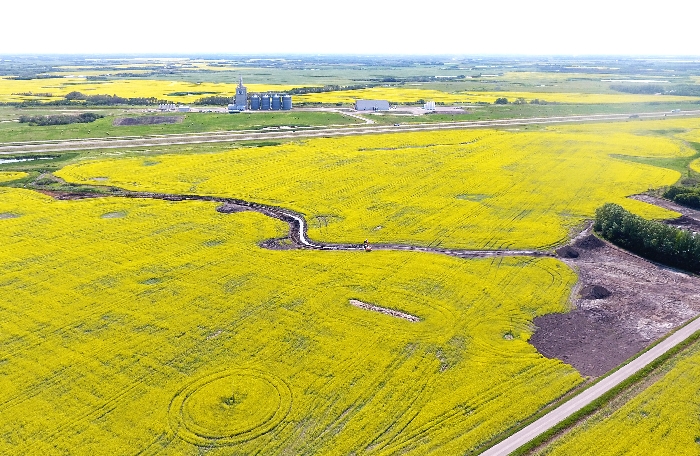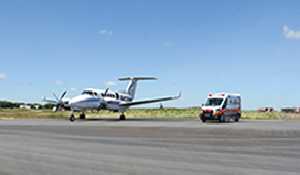Harvest getting under way in southeast Sask.
August 11, 2017, 10:37 am


Producers in the province have two per cent of the crop combined and three per cent swathed or ready to straight-cut, according to Saskatchewan Agriculture’s Weekly Crop Report. The five-year (2012-2016) average for this time of year is two per cent combined and two per cent swathed or ready to straight-cut.
Seventy-five per cent of fall rye, 31 per cent of winter wheat, 11 per cent of field peas and 10 per cent of lentils are now in the bin. Five per cent of mustard and one per cent of canola has been swathed.
Harvest is most advanced in the southwest, where six per cent of the crop is now combined. Producers in the southeast have four per cent combined, while many producers in the central and northern regions expect to be in the field in the coming weeks.
The majority of the province received rainfall last week that has replenished topsoil moisture and helped later-seeded crops fill. Rainfall ranged from trace amounts to 80 mm in the Turtleford area. There were reports of heavy downpours in some areas of the north that have flooded fields, roads and yards. While the rain has been welcomed in some areas, it is too late to be of benefit in more southern areas where crops are rapidly drying down.
Topsoil moisture conditions have slightly improved with the recent rainfall. Across the province, topsoil moisture on cropland is rated as two per cent surplus, 36 per cent adequate, 38 per cent short and 24 per cent very short. Hay land and pasture topsoil moisture is rated as two per cent surplus, 29 per cent adequate, 34 per cent short and 35 per cent very short.
Hay yields are below average overall. Estimated average dryland hay yields for the province are one ton per acre for alfalfa and alfalfa/bromegrass; 0.83 tons per acre for other tame hay and 1.5 tons per acre for greenfeed. Estimated average irrigated hay yields are 2.3 tons per acre for alfalfa; 2.0 tons per acre for alfalfa/bromegrass and 3.1 tons per acre for greenfeed.
Crop damage this past week is mainly attributed to hail, localized flooding, strong winds and lack of moisture. Producers continue to spray for bertha armyworms and diamondback moths in canola fields.
Producers are getting ready for harvest and hauling bales.
Southeast
Harvest continues in the southeast region as four per cent of the crop is now combined and three
per cent is swathed or ready to straight-cut.
The five-year (2012-2016) average for this time of year is one per cent combined and three per cent swathed or ready to straight- cut.
Seventy-three per cent of the fall rye, 41 per cent of the winter wheat, 19 per cent of the lentils, 14 per cent of the field peas, three per cent of the oats and two per cent of the barley are now in the bin, while one per cent of the canola has been swathed.
Much of the region received much-needed rainfall last week, ranging from trace amounts to 40 mm in the Baildon area. The Glenavon area holds the record for the most precipitation (184 mm) in the region since April 1. Although the rain will help replenish the topsoil and fill out later-seeded crops, it will be of little benefit to those crops that are already drying down.
Topsoil moisture conditions have slightly improved thanks to the rain. Topsoil moisture on cropland is rated as 22 per cent adequate, 48 per cent short and 30 per cent very short. Hay land and pasture topsoil moisture is rated as 12 per cent adequate, 48 per cent short and 40 per cent very short. Despite the recent rain, Crop District 2A is still reporting that 100 per cent of cropland, hay land and pasture is very short topsoil moisture at this time, while CD 3ASE is reporting that 98 per cent of cropland, hay land and pasture is short to very short topsoil moisture.
Reported crop yields are anywhere from average to well-below average, while the quality of combined crops has been reported as good to excellent so far. The majority of crop damage is attributed to lack of moisture, strong winds, high temperatures and insects such as aphids.
Producers continue to spray for diamondback moths in canola as economic thresholds are reached. Haying operations have generally wrapped up and reported yields are significantly lower than normal; there is a shortage of hay in much of the region.



































